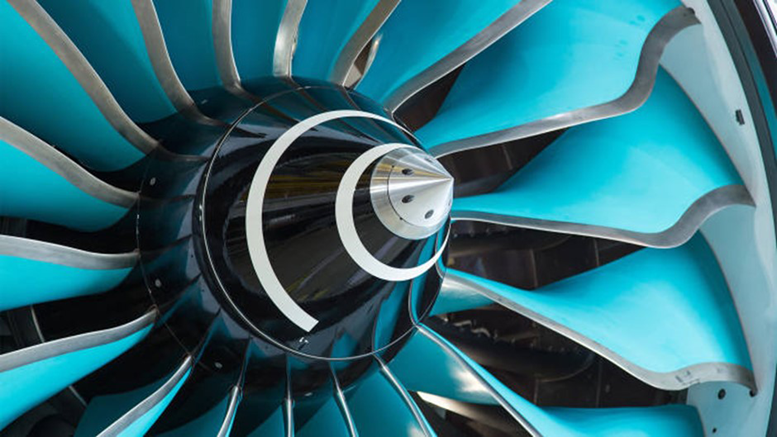Latest innovations driving the aviation industry towards a lower-carbon future
The aviation industry is facing increasing pressure to reduce its carbon footprint and adopt sustainable practices. Aviation accounts for nearly 3% of global CO2 emissions today, and without action, this figure could rise to 22% by 2050, according to the Energy Transitions Commission. To tackle this challenge, the International Air Transport Association (IATA) has committed to achieving net-zero emissions by 2050. To get there, it places great emphasis on using Sustainable Aviation Fuels, and it is pledging to counteract the remaining CO2 released into the atmosphere by aircraft through implementing measures such as ground-based CO2 capture from the air, or extracting CO2 from the exhaust gas of industrial power stations.
Existing aircraft and infrastructure have significant capital invested in them, so the aviation and aerospace industries will need to look at burning different fuels in current aircraft to achieve their net zero goal. However, it is important to note that this approach alone will not address the root cause of aviation CO2 emissions at source, so novel aircraft technologies and solutions are also necessary.
The aerospace industry is therefore actively exploring new innovations and solutions, but IATA forecasts that only 13% of the required reduction in emissions is forecast to reach net zero in 2050 will come from these. We take a look all at the latest developments in fuels and technologies below.
Exploring the viability of Sustainable Aviation Fuels
Sustainable aviation fuels (SAF) are seen as a promising solution for reducing the aviation industry's carbon footprint, as they are derived from plant oils, agricultural waste, and industrial waste. Legislation in Europe requires a minimum of 5% SAF mixed into all aviation fuels by 2030, with the potential to reduce airline CO2 emissions by about 70% by 2050. Virgin Atlantic plans to have the world's first net-zero transatlantic flight using 100% SAF in 2023, demonstrating the viability of these fuels.
However, the infrastructure for manufacturing SAF is still limited, and the costs are higher than conventional carbon-based fuels. Aviation uses massive quantities of fuel, and current capacity is insufficient to meet even 1% of global demand. Scaling up production is an economic challenge that must be addressed if SAF is to play a significant role in decarbonising aviation.
Recent research by the Royal Society concluded that there is currently no single, clear alternative to traditional jet fuel. The report examined four options for greener fuels to replace the 12.3m tonnes of jet fuel used annually in the UK, but none could replace fossil jet fuel in the short term. While some airlines use small amounts of biofuel, largely made from crops, it accounts for just 0.5% of the fuel used at London Heathrow, the world's largest user of biofuels. The Royal Society warns that producing enough biofuels to supply the UK aviation industry would require half of Britain's farming land, putting pressure on food supplies.
Advancements in jet engine technology
There's good news when it comes to jet engines! The aerospace industry is exploring innovative solutions to make flying more efficient, including greatly improved jet engine architecture and new engine designs that increase fuel efficiency and decrease flight emissions. Rolls Royce, for example, has launched a program to reduce fuel burn by 25%, and these new engines are compatible with alternative fuels like SAF and hydrogen. By the mid-2030s, these engines could be in service, paving the way for more sustainable aviation. Historically, as aircraft have become more efficient, they also become cheaper to operate, meaning that more people can fly. The resulting growth means that aviation’s emissions have continued to grow, even as aircraft have become more fuel efficient. Breaking that link may be a challenge for policymakers.


